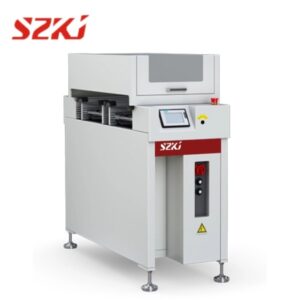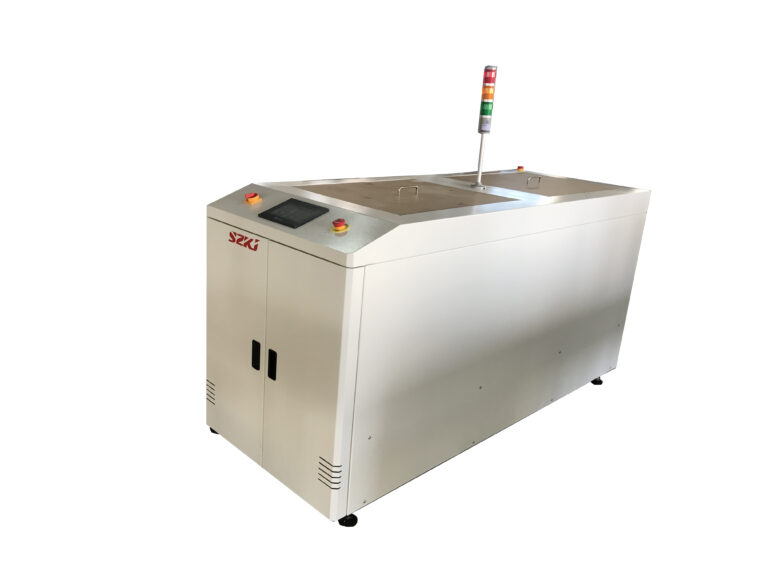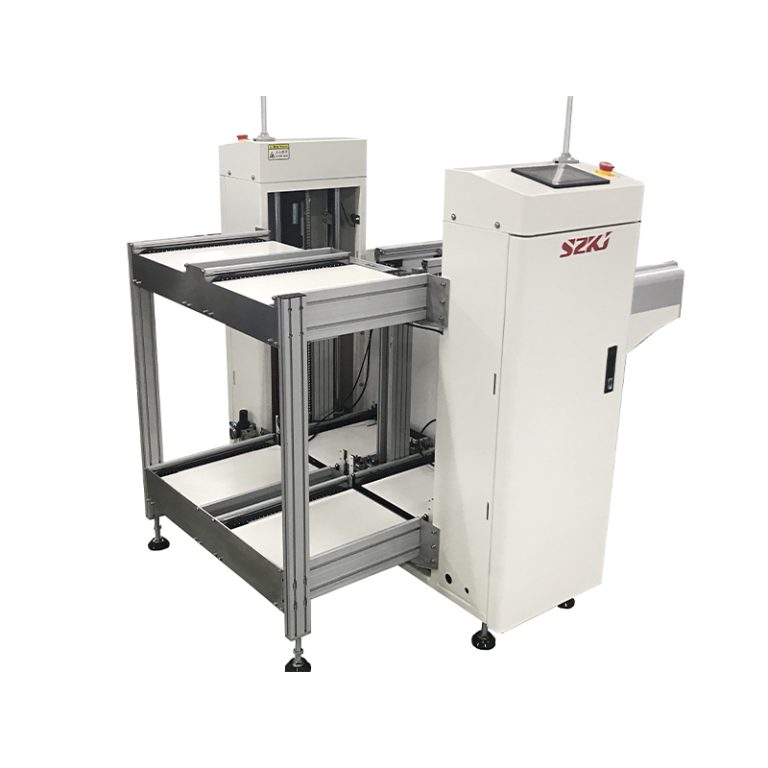Table of Contents
ToggleIntroduction
The core production technique applied to modern electronics is Surface-Mount Technology (SMT). When implemented, SMT enables precise electronic component placement directly onto printed circuit boards (PCBs). Manufacturers who want better production speed and quality need a full comprehension of the SMT process flow. This guide details the SMT process flow, its applications, and the important equipment used for assembly.

What is SMT Process Flow?
The SMT process flow consists of structured operational steps for electronic component attachment to printed circuit boards (PCBs). The compact nature of SMT production through surface mount technology now leads manufacturers to use it as their preferred approach for creating advanced electronic gadgets that are both small and lightweight.
Why is the SMT Process Flow Important?
- Automation speeds up production.
- Reduces manual errors and defects.
- The process reduces both material and staff costs while minimizing waste during production.
- This method delivers better connections between electrical elements along with higher durability in design.
Step-by-Step SMT Process Flow
1. PCB Preparation
PCB design, along with preparation, stands as the initial step in the SMT process flow. The cleaning operation removes dust and contaminants from the board because these substances could interfere with soldering.
2. Solder Paste Application
PCB’s solder pads receive solder paste through the use of a stencil. A robust component bond requires the completion of this step.
Key Equipment: High-precision solder paste printers operate as key equipment to guarantee uniform solder paste delivery.
3. Component Placement
The precise placement of SMT components onto the PCB happens through the use of pick-and-place machines. The automated machines operate swiftly and maintain complete accuracy during their movements.
Key Equipment: A major piece of equipment consists of automated pick-and-place machines, which boost both efficiency and accuracy.
4. Reflow Soldering
The PCB enters an automated oven that activates to melt the solder paste, thereby fixing the installed components. The SMT process flow requires component placement because it defines the final mechanical strength of connected components.
Key Equipment: Reflow ovens with controlled temperature settings prevent defects.
5. Inspection and Quality Control
Reliability testing of the PCB includes Automated Optical Inspection (AOI), which also incorporates X-ray inspection, particularly for Ball Grid Arrays (BGA) components.
Key Equipment machines function as a key piece of equipment that detects both component alignment problems and soldering problems and component omissions in printed circuit boards.
6. Functional Testing
The SMT process flow concludes with functional checks of PCB assemblies through In-Circuit Testing and Functional Testing. Testing all components takes place before the PCB moves onto its final assembly phase.
Key Equipment: ICT testers verify electrical performance and component integrity.
Applications of SMT Process Flow
The wide application of SMT occurs in industries that need small and high-performing electronic devices, including:
- Consumer Electronics: Smartphones, laptops, and wearable devices.
- Automotive Electronics: ADAS systems, engine control units, and sensors.
- Pacemakers, together with portable diagnosis equipment and monitoring platforms, constitute some medical devices.
- Manufacturing control panels and embedded systems with smart sensors belong to industrial automation applications.
- Aerospace and Defense: Avionics, radar systems, and communication modules.
Choosing the Right SMT Equipment
Manufacturers must select suitable equipment because it determines the flow performance of their SMT production process. SMT Manufacturing provides its customers with top-quality SMT equipment that contains the following lineup:
- Solder Paste Printers: Ensure even and precise solder paste application.
- Pick-and-Place Machines: High-speed placement for accuracy and efficiency.
- Balanced heat production within reflow ovens guarantees the best soldering outcomes.
- AOI & X-ray Inspection Systems provide manufacturers with complete quality control functions and detect all defects.
Conclusion
The SMT process flow is a fundamental aspect of modern electronics production because it delivers accurate results, dependable products, and high manufacturing efficiency. manufacturer’s knowledge of every phase, from preparing PCBs to conducting functional tests, makes the production of quality electronic items possible.
Looking for advanced SMT solutions? Visit SMT Manufacturing for high-quality equipment to enhance your SMT process flow!




